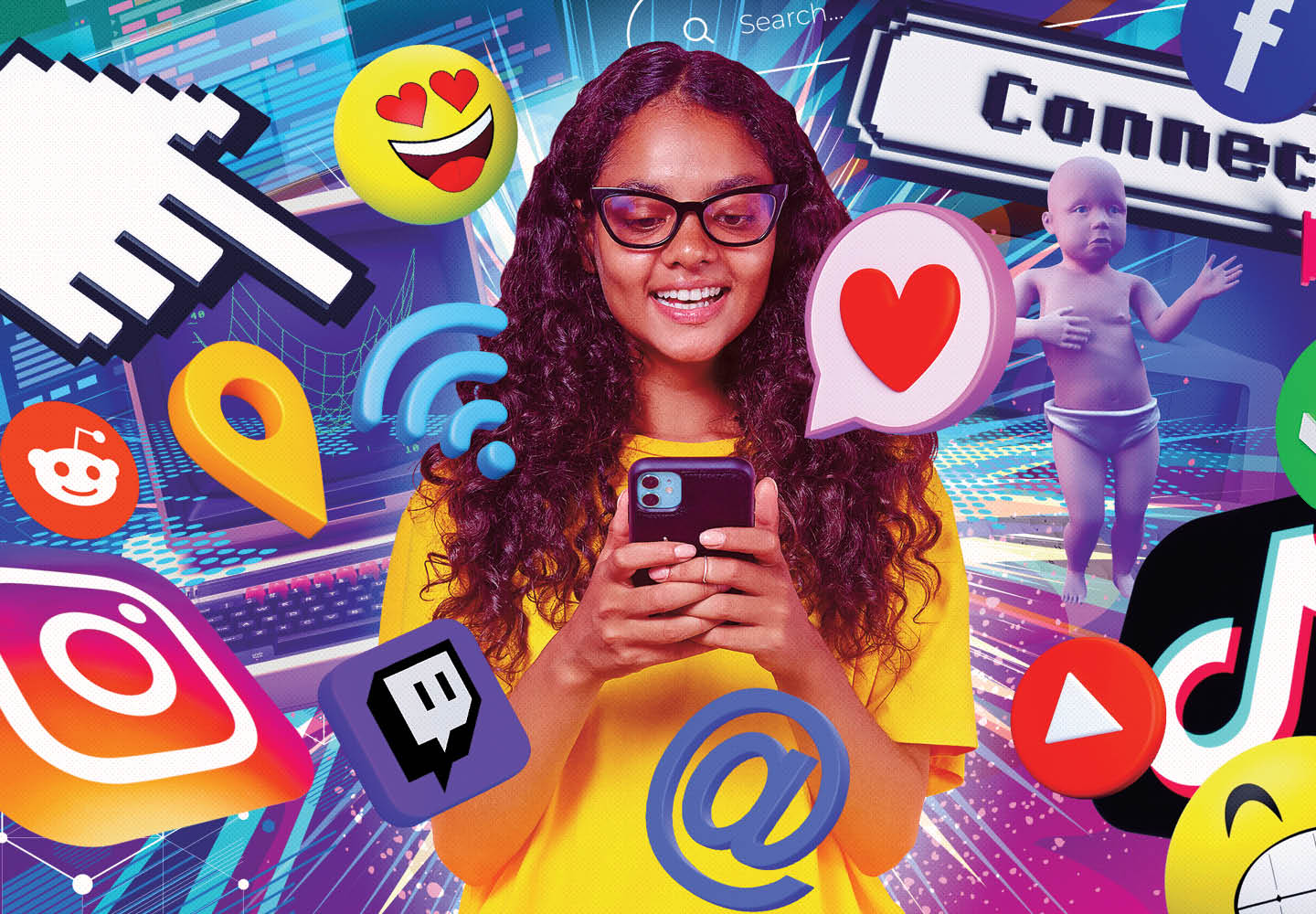Chances are, you use the internet every day.
You watch MrBeast videos on YouTube. You post selfies from soccer practice on Instagram. You ask Google questions about your homework.
But when the internet was being invented in the 1960s, few people understood what it was. It took decades for it to become popular. Now it seems impossible to imagine a world without it.
How did that change?
You probably use the internet every day.
You watch videos on YouTube. You post selfies on Instagram. You ask Google questions about your homework.
The internet was invented in the 1960s. Back then, few people knew about it. Now it is hard to imagine the world without it.
How did that change?
Chances are, you use the internet every day.
Maybe you watch MrBeast videos on YouTube, or perhaps you post selfies from soccer practice on Instagram. You probably ask Google questions about your homework.
But when the internet was being invented in the 1960s, few people understood what it was—and it didn’t become popular until decades later. Now it seems impossible to imagine a world without it.
How did this immense change happen?

